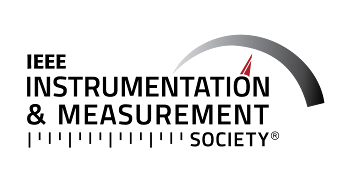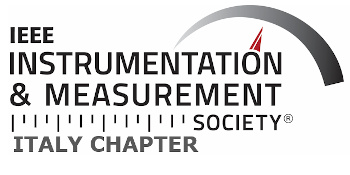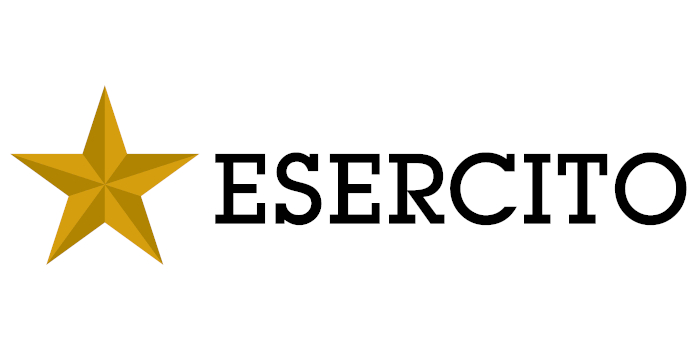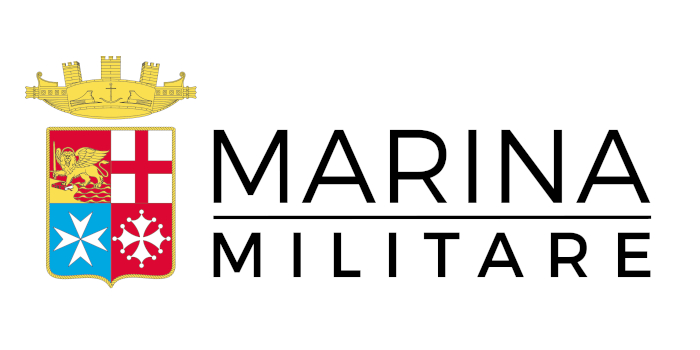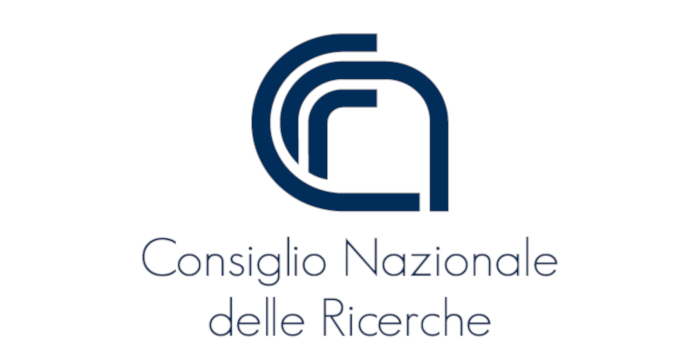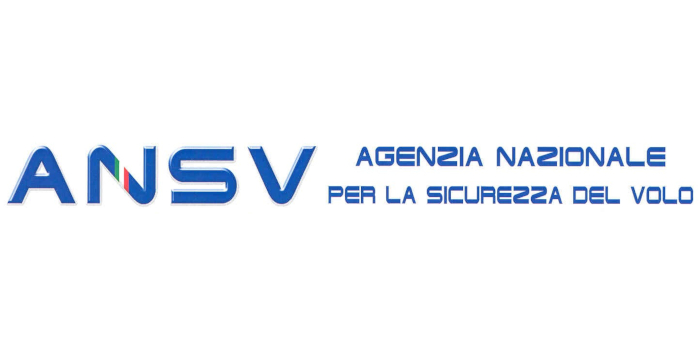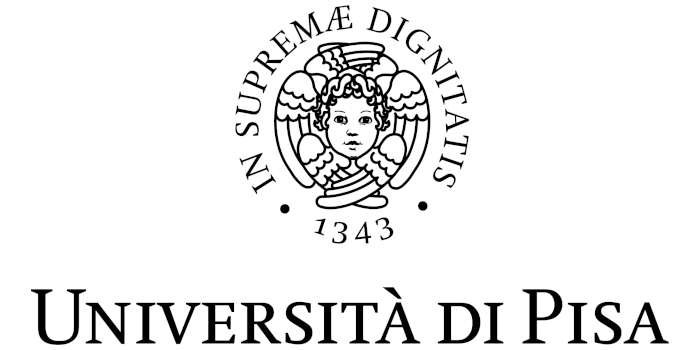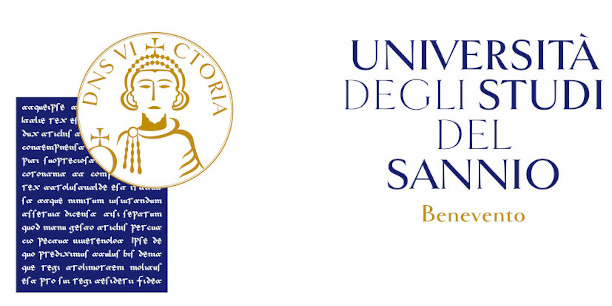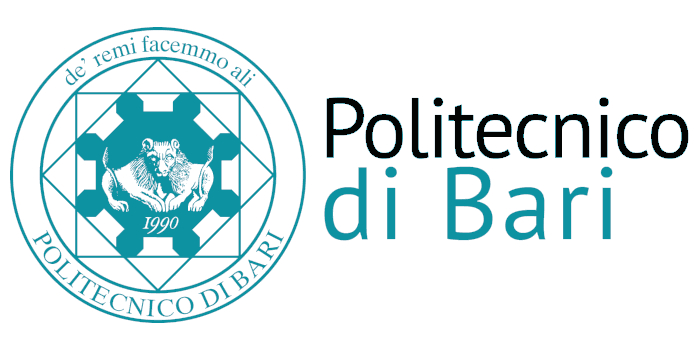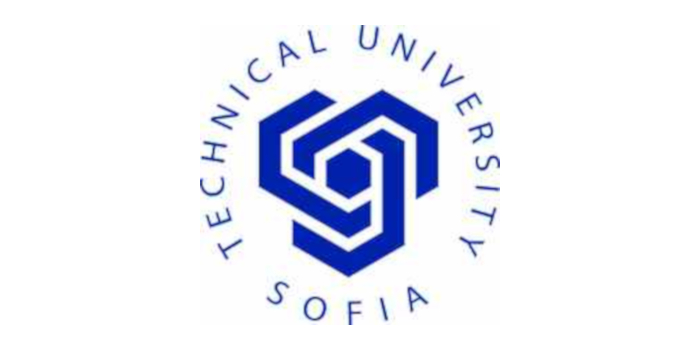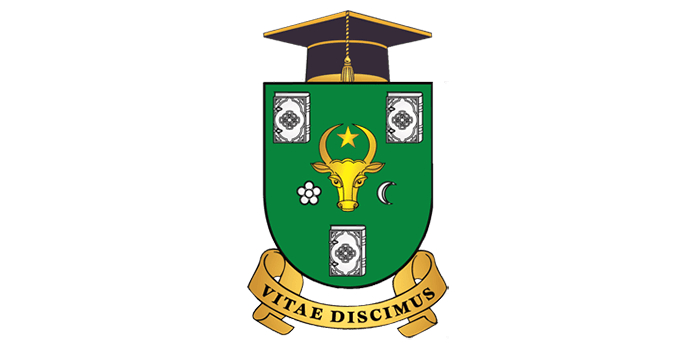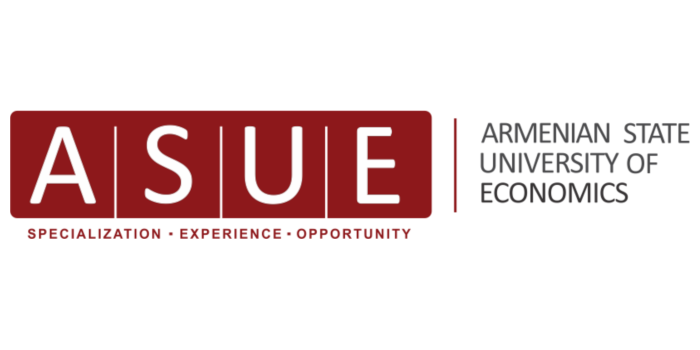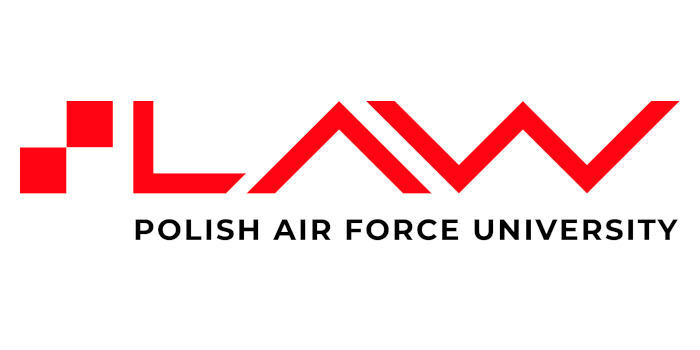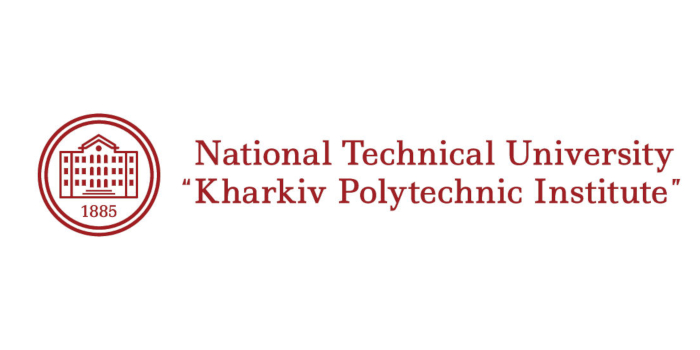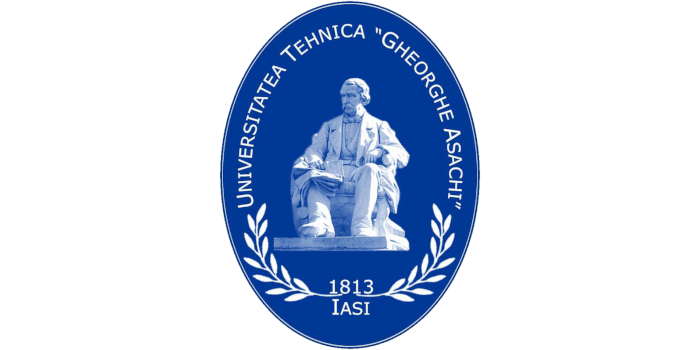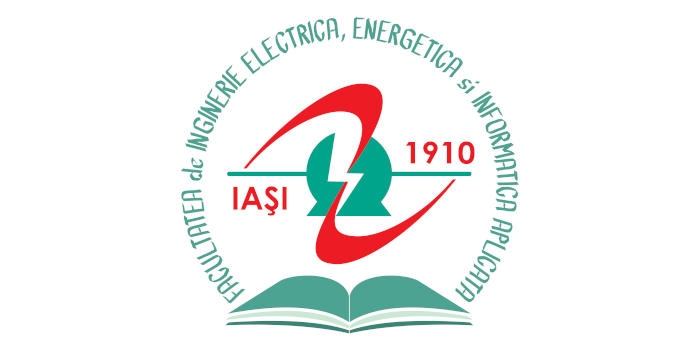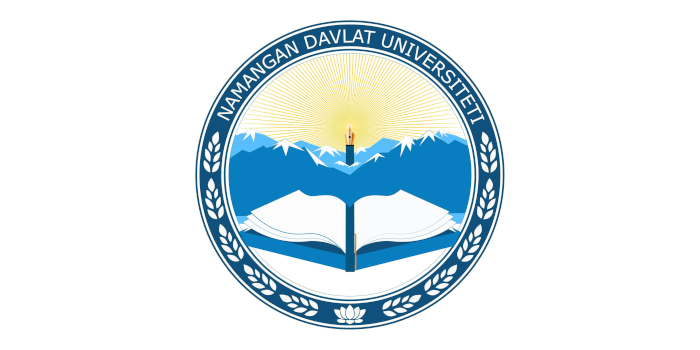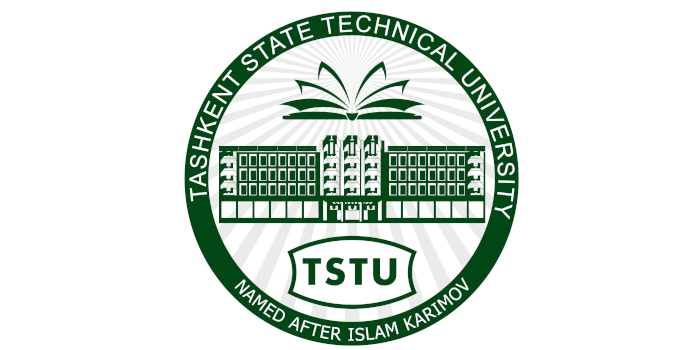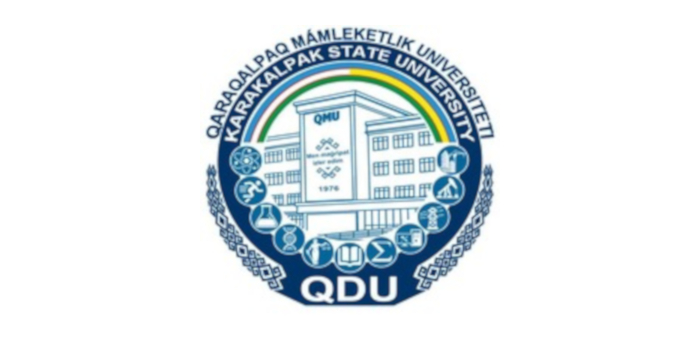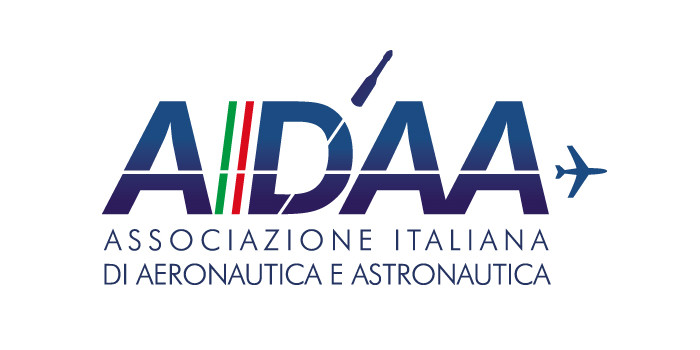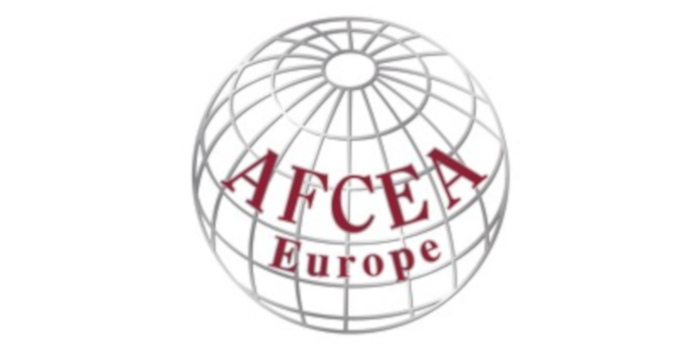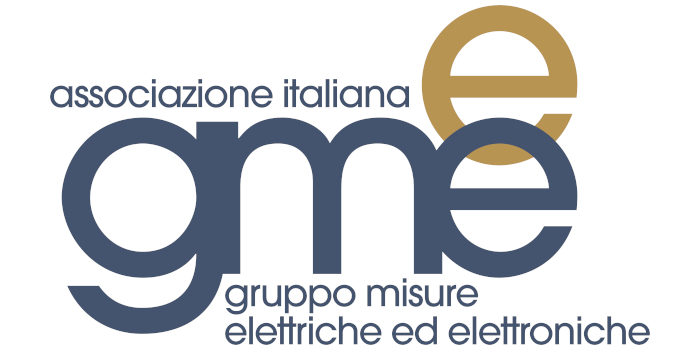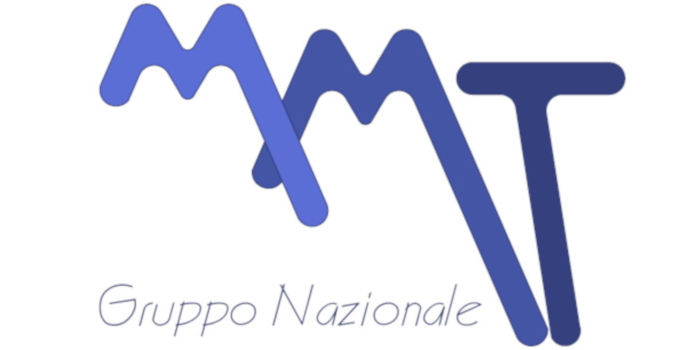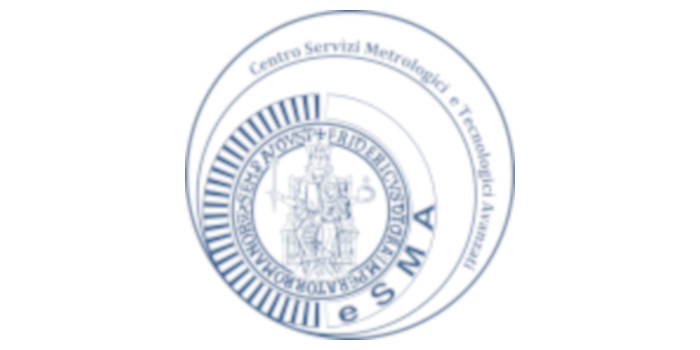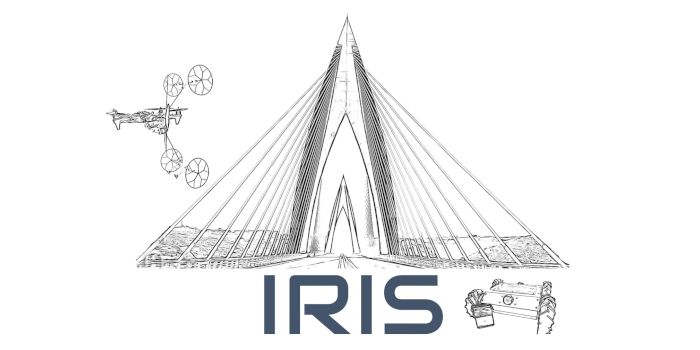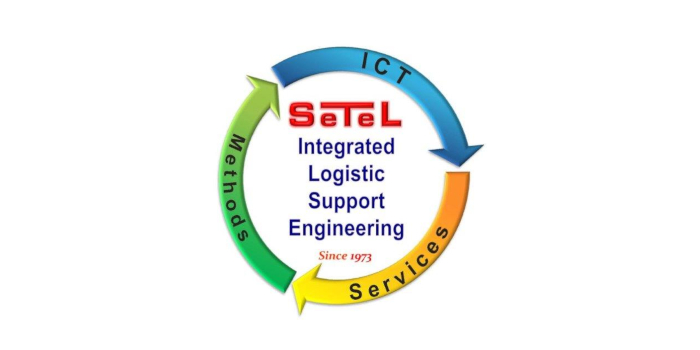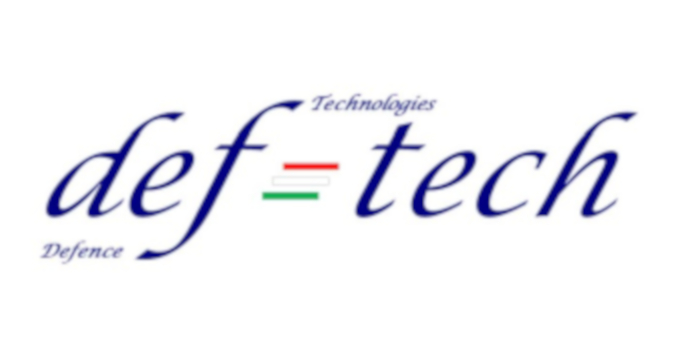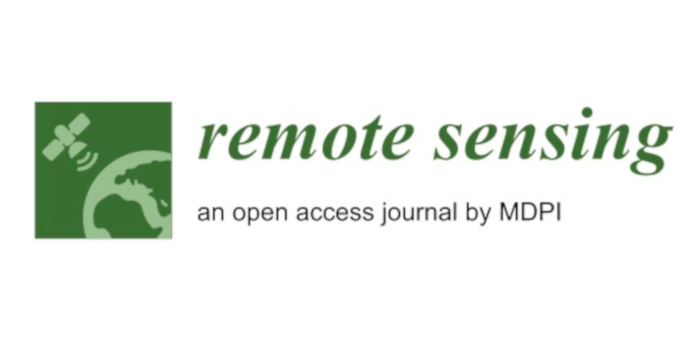MARS AND MOON ENVIRONMENTS AND THEIR EFFECTS ON SPACE SYSTEMS: NEW CHALLENGES FOR SPACE EXPLORATION
ORGANIZED BY
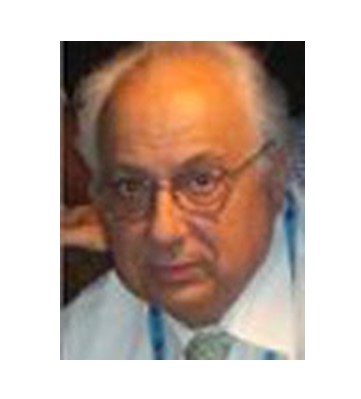
Mario Marchetti
AIDAA - Associazione Italiana di Aeronautica e Astronautica

Andrea Delfini
Sapienza University of Rome, Italy
ABSTRACT
In recent years, the colonization of the planet Mars has increasingly become a topic of discussion because of the many scientific and technological issues that such a challenge demands. Among all, it must be taken into account that the Martian surface has chemical composition different from the Earth's, so the atmosphere of Mars is also different. The term Martian soil typically refers to the finer fraction of the regolith-like sandy ground present on the surface of the “Red Planet”.
The Lunar surface is essentially composed of rocks similar to terrestrial ones and is covered with regolith, a mixture of dust and rocky debris, the thickness of which varies from one region to another, produced by the fragmentation of the original rocks by meteorites.
The purpose of this Special Session is to know how the Martian and Lunar environment, in particular their surfaces, atmosphere and radiation condition,s are able to modify the technical, structural and electromagnetic characteristics of materials and the main communication systems, that the astronauts will use to develop their research during the stay in a very aggressive environment different from the terrestrial one. This Special Session will give, furthermore, to the researchers a chance for increasing the knowledge about the recent studies on the environment and the surface of Mars and Moon, that shall be an important aspect for future manned missions.
ABOUT THE ORGANIZER
Prof. Mario Marchetti, obtained his University Degree in Aeronautical Engineering at the Milan Polytechnic and then attended the School of Aerospace Engineering (Post Graduate Course), at the Rome University "La Sapienza". From 1990 he was Full Professor at the School of Aerospace Engineering and the Engineering Faculty of Sapienza University and was the professor in charge of the Courses of "Space Structures" and "Astronautic Structures". Prof. Marchetti was a member of the teaching staff of the Aerospace Engineering Ph.D. course, and Director of the Master on "Composite and Nanotechnology for Aerospace" of the Rome University "La Sapienza". From 2010 he was Director of Astronautic, Electric and Energetic Department and Director of the Laboratory SASLab (Scientific Aerospace Solutions Laboratory) of the University La Sapienza where students, researchers and PhD students, worked. Since retirement, he continued his research activities in the LSA Lab (Aerospace Systems Laboratory) of Sapienza University where the main research fields are the design and manufacture of orbital space systems, space environment interaction engineering, hot structures, and the mechanical, thermal and electromagnetic characterization of aerospace systems. Prof. Marchetti is a member of the IAF, International Astronautical Federation, the IAA, International Academy of Astronautics, and of the EASA, European Academy of Sciences and Arts.
Dr. Andrea Delfini, received the University Master degree in Aerospace Engineering from “Sapienza” University of Rome in 2007 and the University Master degree in composites materials and nanotechnologies in aerospace applications from “Sapienza” University of Rome, Italy, in 2012. In 2020 he received the Ph.D in Energy and Environment and the National Scientific Certification as Associate Professor in Aerospace Structures and he currently works with the Department of Mechanical and Aerospace Engineering (D.I.M.A.) as a Fellow Researcher and also conducts research activities in the Aerospace Systems Laboratory of the Department of Astronautic, Electric an Energy Engineering (D.I.A.E.E.), both of Sapienza University of Rome. His research is related to Thermal Protection Systems for re-entry applications, Space Environment Interaction Engineering, Nano-satellites design and manufacturing and EM fields and Space Systems Interaction.



